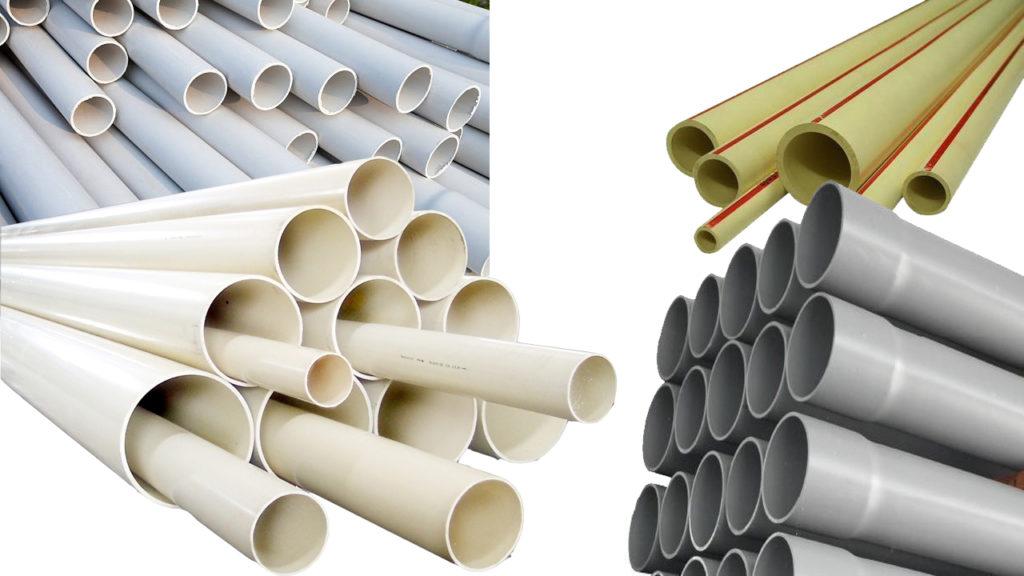PVC Pipe Manufacturing: Market Overview, Forecast, and Future Growth

PVC pipes, also known as polyvinyl chloride pipes, are widely used in various applications due to their durability, versatility, and cost-effectiveness. The PVC pipe manufacturing industry has witnessed significant growth in recent years, driven by increasing urbanization, infrastructure development, and the demand for efficient water distribution systems. In this article, we explore the market overview, forecast, and future growth prospects of the PVC pipe manufacturing industry.
Market Overview of PVC Pipe Manufacturing:
The PVC pipe manufacturing industry plays a crucial role in the construction and water management sectors. These pipes are preferred over traditional materials like metal, concrete, and clay due to their lightweight, corrosion resistance, and ease of installation. PVC pipes find extensive usage in water supply, irrigation, drainage, sewage systems, and electrical conduit systems.
The market for PVC pipes is witnessing substantial growth across the globe, with Asia-Pacific and North America being the leading consumers. In India, the increasing focus on rural and urban infrastructure development, along with government initiatives such as "Housing for All," has boosted the demand for PVC pipes. Moreover, the growing awareness of sustainable and eco-friendly construction practices is driving the adoption of PVC pipes.
Materials Used in PVC Pipe Manufacturing
PVC (Polyvinyl Chloride) pipes have become a ubiquitous part of modern infrastructure, serving various applications in plumbing, drainage, irrigation, and more. The success of these pipes lies in the choice and combination of materials used during the manufacturing process. Let's delve into the key materials that make PVC pipes durable, versatile, and suitable for a wide range of applications.
1. PVC Resin: The Main Ingredient
At the heart of PVC pipe manufacturing is PVC resin, a synthetic polymer derived from vinyl chloride monomers. The resin is the primary raw material used to produce PVC pipes. It imparts excellent mechanical properties, such as high strength and resistance to impact, making PVC pipes ideal for various industrial and household applications. PVC resin is available in different grades, each catering to specific requirements based on the end-use and environmental conditions.
2. Additives: Stabilizers, Plasticizers, and Fillers
To enhance the performance and properties of PVC pipes, manufacturers incorporate various additives into the resin. These additives play crucial roles in the manufacturing process:
Stabilizers: Stabilizers prevent the PVC resin from degrading during the heating process. They are essential for maintaining the molecular integrity of the material and ensuring the longevity of the PVC pipes, especially when exposed to external factors like heat and UV radiation.
Plasticizers: Plasticizers are added to increase the flexibility and elasticity of the PVC pipes. They reduce the rigidity of the material, allowing the pipes to be easily bent and maneuvered, making them suitable for applications where flexibility is essential, such as in plumbing and irrigation systems.
Fillers: Fillers are added to PVC resin to improve its physical properties and reduce the overall cost of the final product. Fillers can enhance the strength, thermal stability, and electrical conductivity of the pipes.
3. Pigments and Colorants for Different Applications
PVC pipes are often manufactured with varying colors to suit specific applications and aesthetic preferences. Pigments and colorants are added to the PVC resin to impart different colors to the pipes. For instance, blue pipes may be used for potable water distribution, while green pipes are commonly used for sewage and drainage systems. The choice of colors helps differentiate the pipe's intended use, making it easier for installers and users to identify the correct application.

Market Forecast of PVC Pipe Manufacturing:
The future of the PVC pipe manufacturing industry looks promising, with steady growth projected in the coming years. Factors such as rapid industrialization, population growth, and the need for modernized water distribution networks will continue to drive the demand for PVC pipes.
Additionally, the expansion of the agriculture sector and the rising investment in wastewater treatment facilities are expected to further fuel the market growth. The increasing use of PVC pipes in oil and gas transportation and the telecommunications sector will also contribute to the industry's positive outlook.
Future Growth Prospects of PVC Pipe Manufacturing:
Several key trends and developments are likely to shape the future growth of the PVC pipe manufacturing industry:
1. Technological Advancements:
Manufacturers are investing in research and development to enhance the properties of PVC pipes, making them more resistant to chemicals, temperature variations, and external stress. Advanced technologies are also being employed to increase the efficiency of the production process.
2. Sustainable Practices:
With the growing focus on sustainable practices, there is an increasing demand for eco-friendly and recyclable materials. PVC pipes are well-positioned to meet these requirements, as they have a low carbon footprint and can be recycled.
3. Infrastructure Development:
Ongoing and planned infrastructure projects, such as smart cities, industrial parks, and residential complexes, will create a significant demand for PVC pipes. The need for efficient water management and distribution systems will be a driving factor for the industry's growth.
4. Shift Towards Plastic Pipes:
The PVC pipe manufacturing industry is witnessing a shift towards plastic pipes due to their advantages over traditional materials. Plastic pipes offer longevity, cost-effectiveness, and better resistance to corrosion and chemical degradation.
Conclusion:
The PVC pipe manufacturing industry is poised for continued growth in the coming years, driven by increasing urbanization, infrastructure development, and the demand for sustainable and efficient water management systems. Technological advancements and the adoption of eco-friendly practices will further propel the industry's growth.
As demand for PVC pipes continues to rise, manufacturers must focus on quality, innovation, and sustainability to stay competitive in the market. With the right strategies and commitment to meeting customer needs, the PVC pipe manufacturing industry is set to play a vital role in the development of modern infrastructure and sustainable water distribution systems.










